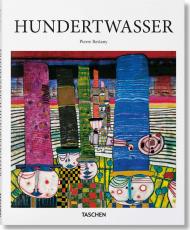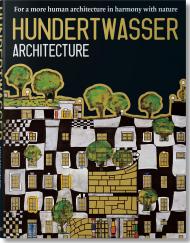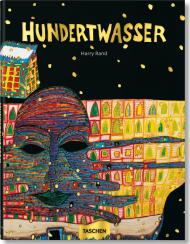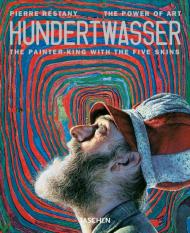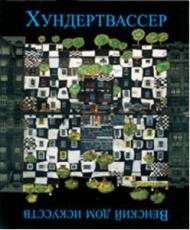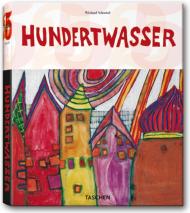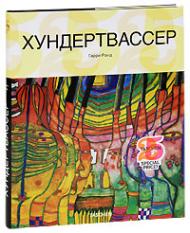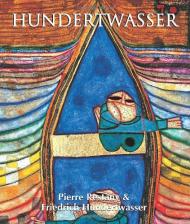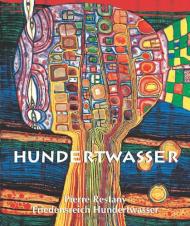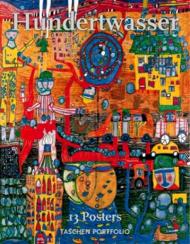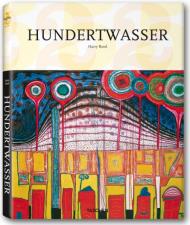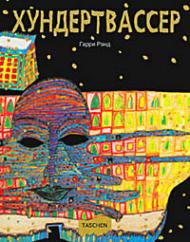Spiraling Ideas. Friedensreich Hundertwasser, hero of fluid forms and ecology
Architect, artist, ecological visionary, Friedensreich Hundertwasser left a thrilling trail of imagination and activism in buildings, paintings, manifestos, and more. From naked addresses and tree planting campaigns to the Hundertwasserhaus in Vienna, Hundertwasser refused the straight line in every sense. His vision was as much for society at large as for singular buildings.
Vivid colour, organic forms, and loathing of straight lines were just a few stalwart characteristics in the unique practice of Friedensreich Hundertwasser (1928–2000). A non-conformist hero, the artist, architect, and activist left a blazing trail of imagination and ideas in buildings, paintings, manifestos, initiatives, and more.
Hundertwasser’s best-known work is considered by many to be the Hundertwasserhaus in Vienna, a structural synthesis of the vitality and uniqueness that determined the artist’s entire oeuvre. For Hundertwasser, rational, sterile, monotonous buildings caused human misery. He called for a boycott of the modernist paradigm championed by the likes of Adolf Loos, and campaigned instead for an architecture of creative freedom and ecological commitment. A fierce opponent of straight lines, which he called “godless and immoral,” Hundertwasser was fascinated by the spiral, drawing also on the Secessionist forms of Klimt and Schiele.
This richly illustrated book traces Hundertwasser’s style and vision not only for each building but for society at large. From naked addresses at the end of the 1960s to worldwide architecture projects and alternative blueprints for society, author Pierre Restany explores Hundertwasser’s most high-profile and innovative ideas in a thrilling introduction to a pioneering 20th-century mind.
About the author:
Pierre Restany (1930-2003) was brought up in Morocco. He later studied in France, Italy, and Ireland. In 1963 he worked on the art and architecture journal "Domus", and since 1985 he has edited the magazine "D'ARS". His meeting with Yves Klein in 1955 inspired his 1960 theory of "Nouveau Réalisme" and he founded an art-group of the same name in Paris. He wrote and published extensively on the art of the twentieth century.
About the series:
Each book in TASCHEN s Basic Art series features:
- a detailed chronological summary of the life and oeuvre of the artist, covering his or her cultural and historical importance
- a concise biography
- approximately 100 illustrations with explanatory captions
